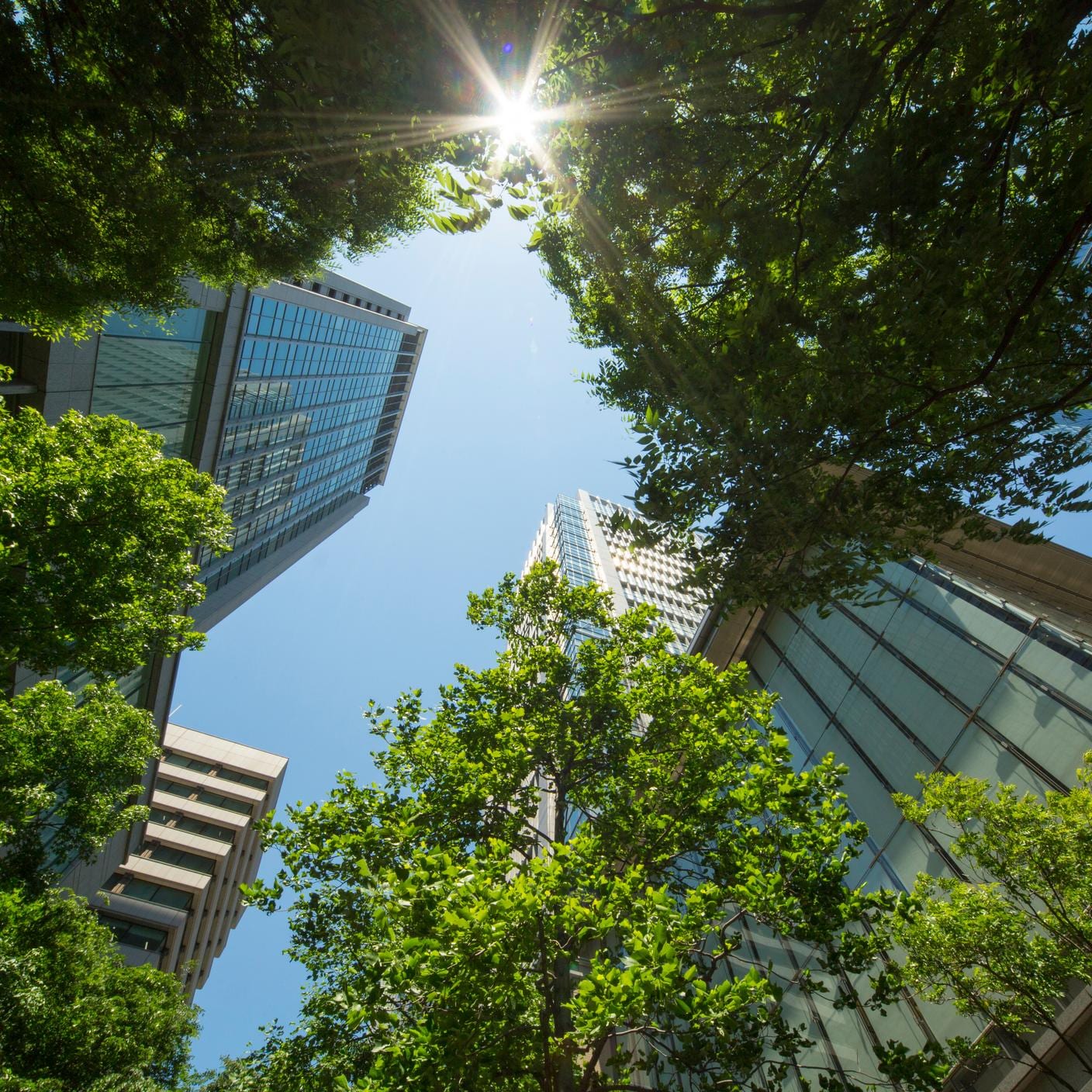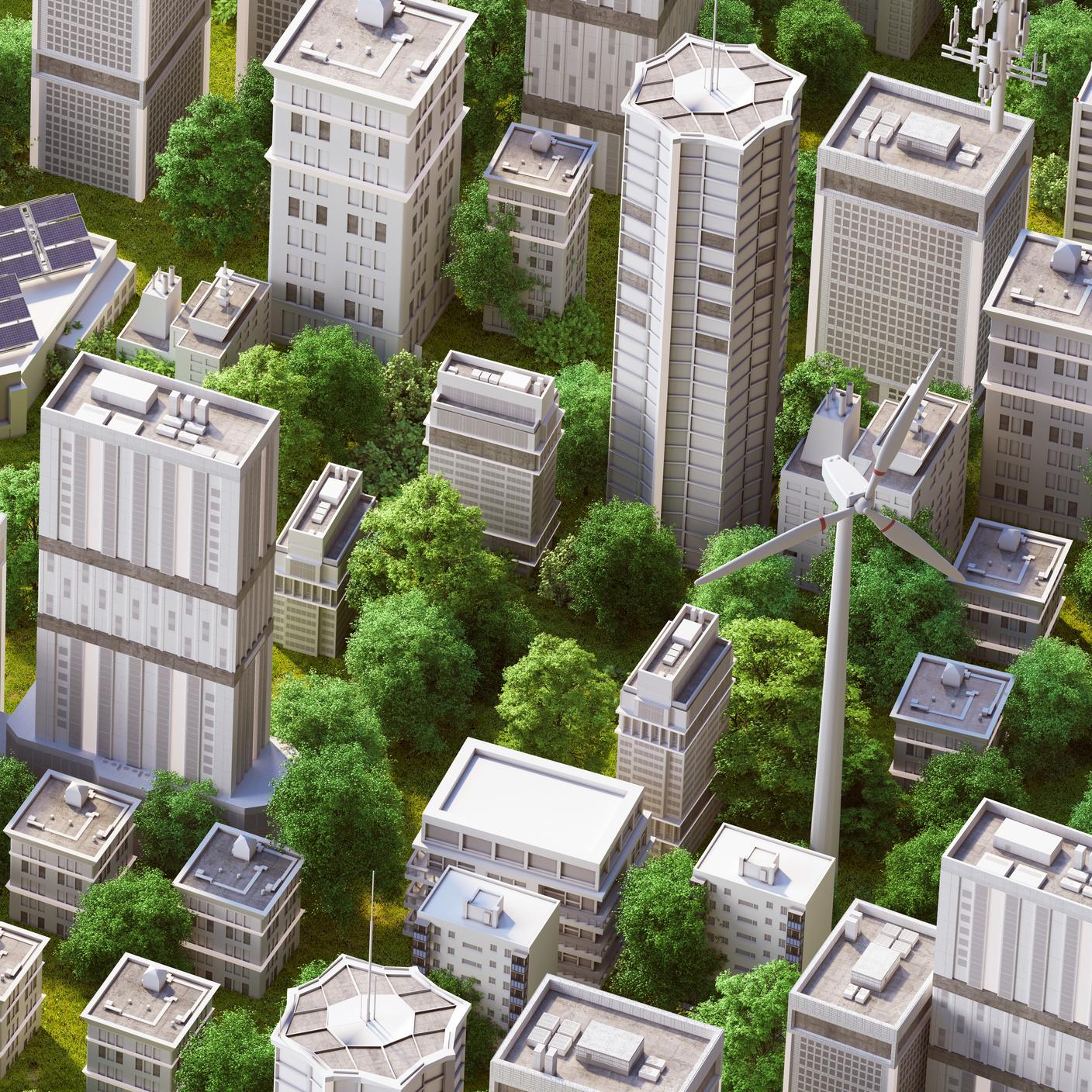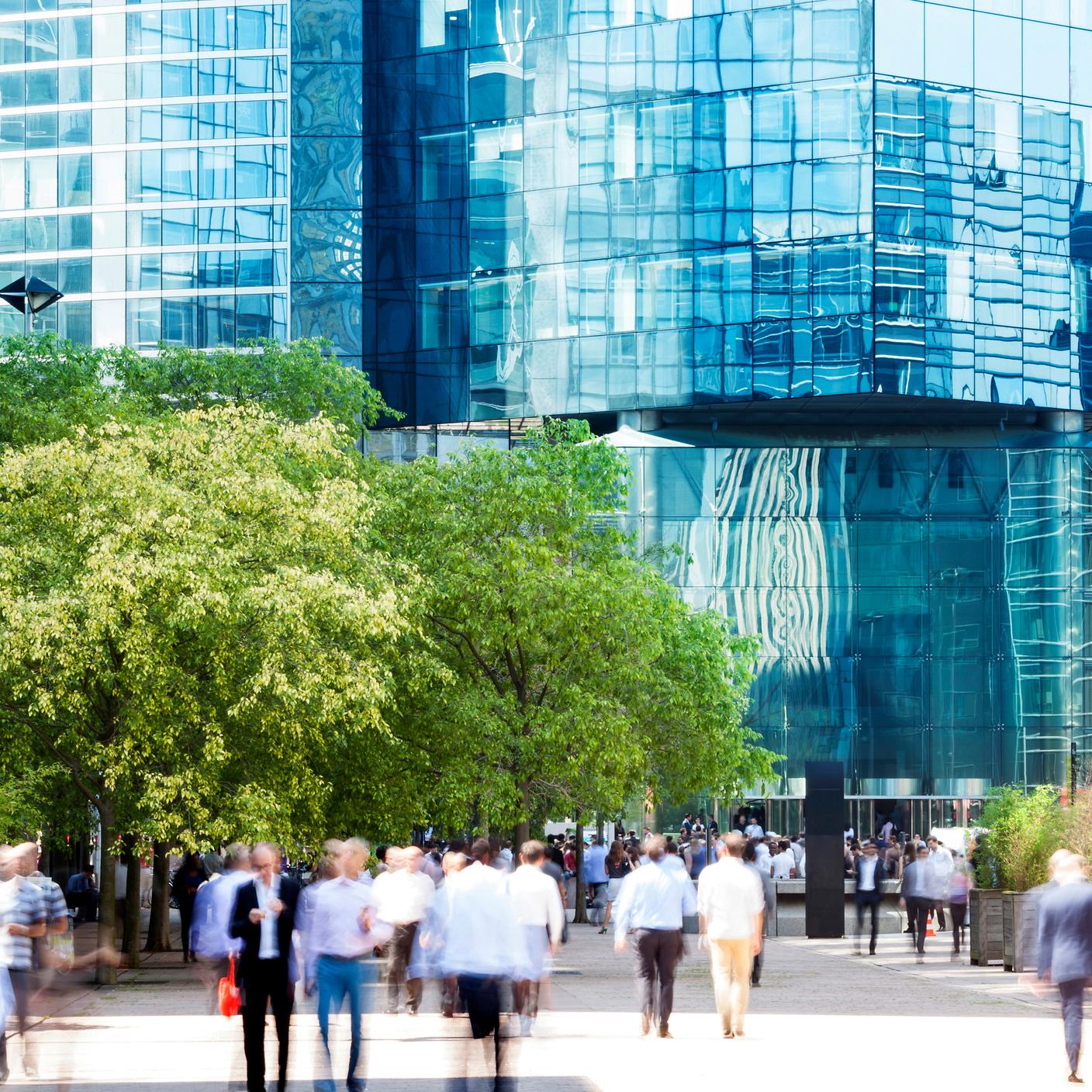Sustainable spaces: repurposing for growth
The intersection of urban development and environmental impact has seen increasing attention as societies grapple with sustainability challenges.
While the built environment may seem to embody progress, it also carries hidden ecological costs that demand our understanding and action. This article delves into the intricate web of environmental consequences associated with the built environment.
By exploring the numbers and statistics, we gain insights into the environmental price we pay for our modern cities and structures.
Operational emissions and escalating carbon footprint
Operational emissions from the built environment surged by 5% in the previous year compared to 2020 levels. This unsettling trend is an indication of the sector's growing carbon footprint.
With the built environment responsible for nearly 40% of global greenhouse gas emissions, it emerges as a pivotal area for climate action. These escalating numbers underscore the urgency to adopt sustainable practices and innovative solutions to mitigate the environmental toll.
Resource depletion and construction material impact
The creation of modern urban landscapes extracts a significant toll on the planet's resources. Construction and demolition activities generate approximately 100 billion tonnes of waste annually. Out of this waste, around 35% finds its way to landfills, contributing to pollution and resource waste.
Construction material use, already responsible for 9% of energy-related CO2 emissions, is predicted to double by 2060. These figures highlight the pressing need for resource-efficient practices and the utilization of sustainable materials.
Energy consumption and building efficiency
The built environment's energy consumption extends beyond the construction phase. Buildings contribute to more than 37% of global energy-related CO2 emissions. In 2021, CO2 emissions from the sector were 5% higher than in 2020 and 2% higher than the peak in 2019.
Investments in building energy efficiency increased by 16% in 2021, reaching a substantial USD $237 billion. However, achieving sustainable energy usage requires continued efforts to enhance efficiency and embrace renewable energy sources.
Rapid urbanization and ecological impact
Rapid urbanization poses a challenge to environmental sustainability. Approximately five billion square meters of new floor area space is added annually, equivalent to building a city the size of Paris every week.
This expansion contributes to the "urban heat island" effect, where increased construction and paved surfaces elevate temperatures, impacting energy consumption and overall well-being. Urbanization's pace necessitates innovative urban planning that integrates green spaces and mitigates ecological disruption.
Underutilized areas
The pandemic's impact, seen in reduced demand for office and retail spaces due to remote work and online shopping, prompts us to rethink underutilized areas. Repurposing these spaces can benefit society and the environment.
As climate concerns rise, consumers seek sustainable choices in living, working, and buying. Investing in green buildings gains momentum, with energy-efficient structures presenting a $24.7 trillion investment opportunity by 2030.
The World Green Building Council highlights how sustainability drives future growth. Innovations like modular construction enhance efficiency, reduce emissions, and support business expansion. The report envisions a $130 billion modular construction market in Europe and the US by 2030.
Energy consumption surge
The environmental toll of the built environment is a reality that demands our attention. As operational emissions rise, resources deplete, and energy consumption surges, the ecological footprint becomes undeniable.
However, these statistics also serve as a wake-up call, urging us to adopt sustainable practices, implement energy-efficient solutions, and prioritize environmentally conscious urban planning.
Together, we can pave the way for a future where the built environment coexists harmoniously with the planet, creating resilient, vibrant, and sustainable communities.





